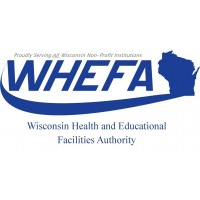
On the Record with WEA Trust CEO Mike Quist
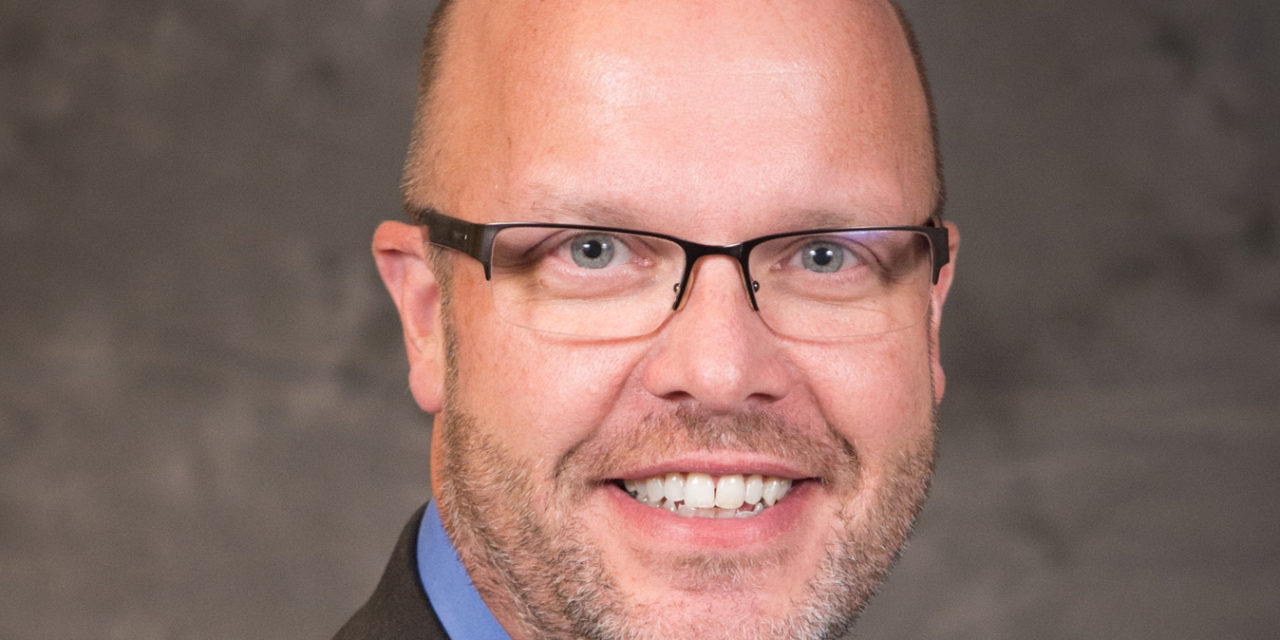
Six years after Act 10, WEA Trust and its new CEO Mike Quist are bracing for another potential blow.
Last week, the Group Insurance Board voted to shift the state employee plan to a self- insurance model and picked six companies to administer the program. WEA Trust did not make the list. State employees comprise a quarter of its rolls.
In a recent interview with Wisconsin Health News, Quist, who took over the reins Jan. 1, expressed concern about the methodology used in the process. He also questioned whether it would achieve the estimated $60 million in savings.
Department of Employee Trust Funds spokesman Mark Lamkins said the state took extra steps during the procurement to ensure accuracy and sought feedback on the format before issuing the full request for proposal. He said nearly 40 percent of the projected savings will come from the administrative side, and the remainder from claims.
Quist said WEA Trust plans to make its case to the Joint Finance Committee, which has the authority to deny the contracts.
Despite the potential ramifications, he thinks the insurance board’s decision is not comparable to the 2011 state law restricting the bargaining power of public employees. That led, ultimately, to several school districts parting for new insurers and a 50 percent reduction in WEA Trust’s staff.
“This is a little different,” Quist said. “It’s one of your largest customers saying they have come up with a different methodology. And a different way to buy insurance.”
Edited excerpts are below.
WHN: A year ago, when it was announced you would become CEO, did you have any idea you’d be taking over amidst such uncertainty?
MQ: We knew at the state level we were in the midst of the RFP process. We knew that was a potential. Early on, we realized that the RFP process might be a bit flawed. We are still concerned about that. At the federal level, no, I did not project President Donald Trump’s win and what is happening now.
I spent some time two weeks ago at an [America’s Health Insurance Plans] conference. You have the Anthems and the Uniteds there. It’s top of mind for everyone, where will this all shake out? The good news for us is that what happens in Medicaid is interesting, but not directly impactful for us. We focus on those things that have a direct impact to us. Fortunately we have a system in place now where making plan design changes to accommodate federal regulation or state regulation is fairly easy for us. We can do that pretty quickly. That was not the case five years ago. We are not in the exchange. We are actually interested in some level of certainty because when there is certainty there are some things we can take advantage of. Even on the [Department of Employee Trust Funds] side, the [Wisconsin Public Employees] appear to be kind of a never talked about. We are not sure if, by law, WPE can go self-funded. That may create an opportunity for us as well.
WHN: Can you elaborate?
MQ: We believe there is legislation on the books that precludes WPE from going self-funded – the locals that are part of the state plan. We gained the endorsement of the League of Municipalities about 18 months ago. And since then, we have actually had some groups leave the state plan to join that league-endorsed product. We think if there is uncertainty for them in the state plan that more may choose to do so.
WHN: So you don’t think the state can include local employees in a self-funded model?
MQ: We think it’s uncertain to how they would be included. We think there’s a potential uphill legal battle for them.
WHN: Were you surprised that WEA Trust was not selected to administer the self-insurance model for state employees?
MQ: Surprised and disappointed, given the amount of enrollment and number of employees who, when given a choice to choose a plan, have chosen us, considerably in the eastern corridor and the northwest. Outside of Dane County, I believe we are the largest provider. If you look at the criteria, they talk about star ratings. Well, our plan has a three-star rating. A one-star won part of the state. Maybe star rating wasn’t as important. When you talk about [Office of the Commissioner of Insurance] complaints, we are one of the lowest plans participating as far as OCI complaints. So that obviously wasn’t as high of a determining factor. It was also interesting, during that same meeting they announced the results of the 1/1/17 enrollment changes, and our plan was selected the most because a plan left the southeast. And ultimately that company, or one of their affiliates, was awarded for ’18. They leave in ’17. They are awarded self-funded in ’18. All of that is a bit concerning. But we have confidence the Joint Finance Committee will review the process, will review the criteria and how companies were selected and ultimately make the right decision for ETF and the state of Wisconsin.
WHN: Can you explain why you think the data was flawed?
MQ: All plans were asked to re-price roughly five million claim lines. Now, our intel is that some plans did what we did and re-priced all five million claim lines. Now the claims didn’t have enough detail in a lot of cases to make good pricing decisions. Our submission included 17 different assumptions as to how we interpreted those things that were incorrect or problematic from a pricing standpoint. We have heard stories of plans doing that on an aggregate level, not on a detail level. Whether some of those were ultimately rewarded is a concern to us, and should be a concern to Joint Finance as well.
WHN: What are your next steps?
MQ: We certainly will make Joint Finance aware of our concerns. Beyond that, we are still gathering information and making those determinations.
As far as Joint Finance, there are a number of things they need to look at. Another that is maybe not coincidental was that it appears that every company that won has significant ownership interest by a provider system. So while they talk about self-insurance as popular around the country for public employees, I am not sure those are administered by companies that have providers owning the third party administrator. There is a check and balance issue that caused some concern for me. Maybe price will be guaranteed. But if utilization spikes, where do we wind up? If we look at that $30 million that is touted for each year for the next two years what region is that going to come out of? Based on enrollment, you would expect that more than half of that would come out of Dane County. I can’t imagine the Dane County providers are thinking there is more than $15 million to be had there. I do find that very interesting.
WHN: Right now a quarter of your enrollment is state employees. If this does go through, is that a loss WEA Trust could absorb?
MQ: From a processing standpoint, we have a pretty variable cost structure. Yeah, we could make adjustments. In the meantime we had our best Jan. 1 in the group market in a long, long time, maybe in the company’s history. We expect to replicate that in 7/1 and again for 1/1/18. We are moving on in our growth strategy and where this ultimately lands could have some impact positively or negatively. If the decision is overturned, we will be growing our staff in order to accommodate the growth we anticipate.
WHN: How would the impact of the Group Insurance Board’s decision compare to the impact of ACT 10?
MQ: I would characterize Act 10 as determining how competitive you are as a company. This is a little different, where it’s one of your largest customers saying they have come up with a different methodology and a different way to buy insurance. So, I would see them quite a bit different actually. I think Act 10, what we had to do to recover from Act 10 actually, makes us well suited to survive this. Healthcare has been transforming for a long time. There was a speaker at AHIP who indicated we are in the 25th year of a 40-year cycle and that 40-year cycle won’t come to an end until all of the baby boomers are on Medicare. At which point we will either survive or sink as a country under our own healthcare weight.
From a company standpoint, our model and our delivery system and the high touch member centric focus we have, I think will stand the test of time. Health insurance gets more and more complicated as time goes on. That’s where I think we excel. Our members will actually return our calls. They talk to us. They engage in our medical management program. It’s an interesting and unique relationship we have with our members.

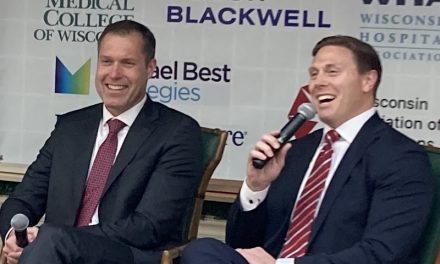














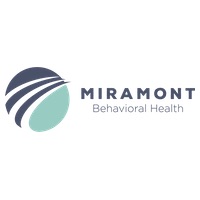


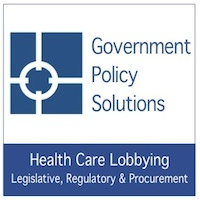


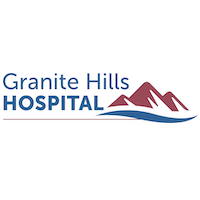


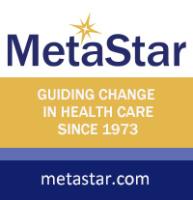

.jpg?bwg=1612548324)

